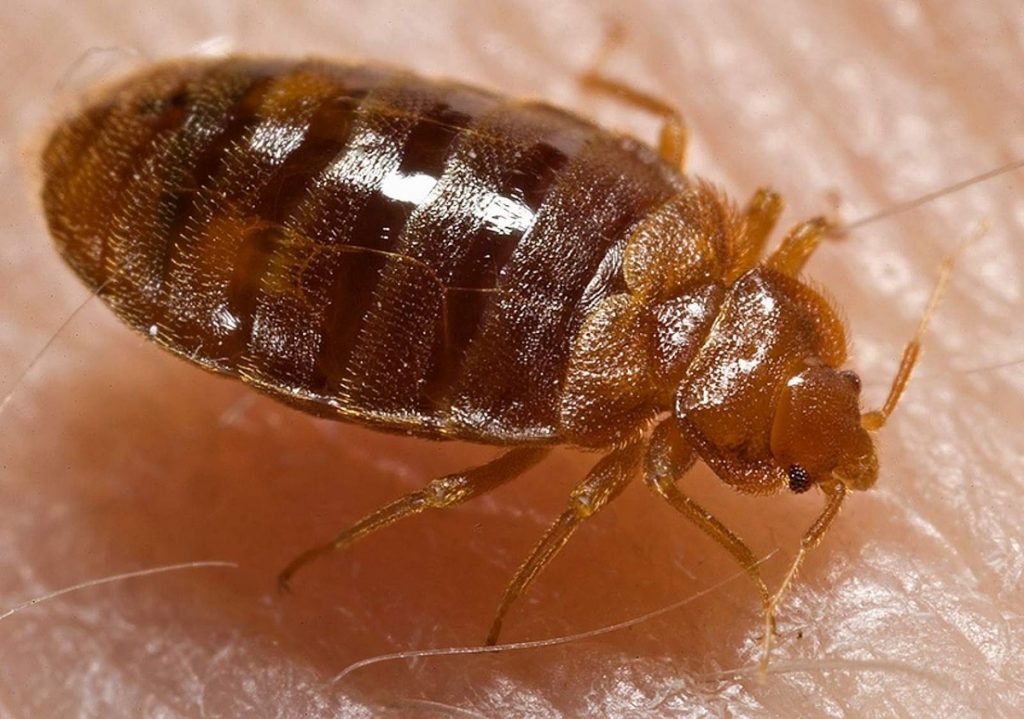As a homeowner, nothing is more disheartening than having to deal with bed bugs infesting your home. Not only can this be a major inconvenience, but bed bugs can also be difficult to get rid of and can quickly become an expensive problem. The good news is that you can take steps to prevent bed bugs from coming back and keep your home free of infestations. In this article, I will discuss essential tips from the pros on how to prevent bed bugs from infesting your home again.
What Are Bed Bugs?

Bed bugs are parasitic insects that feed on the blood of humans and animals. They are small, wingless insects that range in size from 1-7 millimeters in length and are reddish-brown in color. Bed bugs are nocturnal and hide during the day in mattresses, box springs, bed frames, headboards, and other furniture. They can also live in cracks and crevices in walls and floors. Bed bugs are known to spread through physical contact with infested items such as furniture, clothing, and bedding.
To prevent bed bugs from coming back, it is important to check for bed bugs in any furniture or items that are brought into the home. If bed bugs are found, the infested items should be removed and discarded. Additionally, it is important to vacuum regularly, especially around the bed, and to keep clutter to a minimum in order to reduce the number of potential hiding spots for bed bugs. Finally, use protective mattress and box spring covers to reduce the risk of bed bugs entering the home.
Signs of Bed Bug Infestation
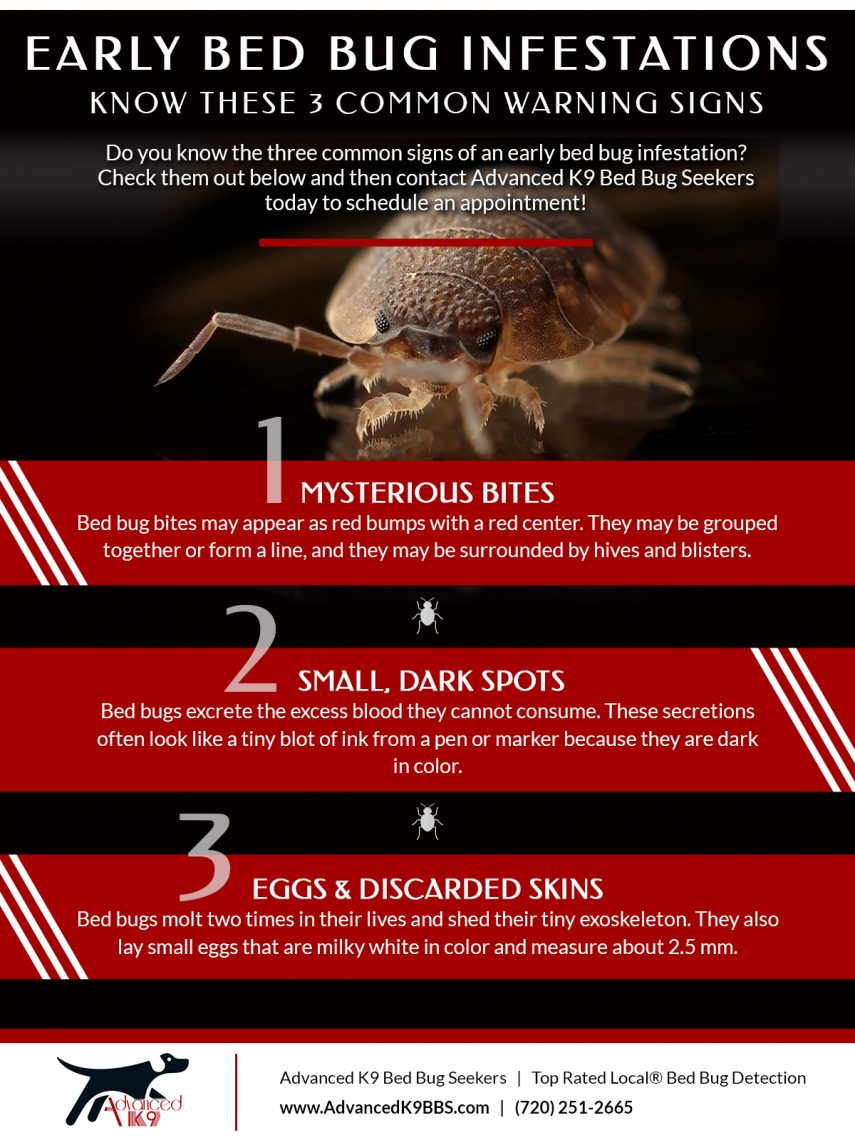
Bed bugs are notoriously difficult to detect, and it can be a challenge to identify if you have an infestation. Here are a few signs to look out for:
| Sign | Description |
|---|---|
| Bites | Bed bug bites often appear in clusters and can be itchy and irritating. |
| Fecal Spots | Small black spots on mattresses, sheets, pillowcases and other bedding are a sign of bed bugs. |
| Blood Stains | Bed bugs will sometimes leave blood stains after being crushed. |
| Shed Skin | Bed bugs shed their skin as they grow, which can be found on bedding or furniture. |
| Odor | A sweet, musty odor can indicate the presence of bed bugs. |
If you suspect you have an infestation, it is important to take action quickly to prevent the problem from getting worse.
How Do Bed Bugs Get Into Your Home?
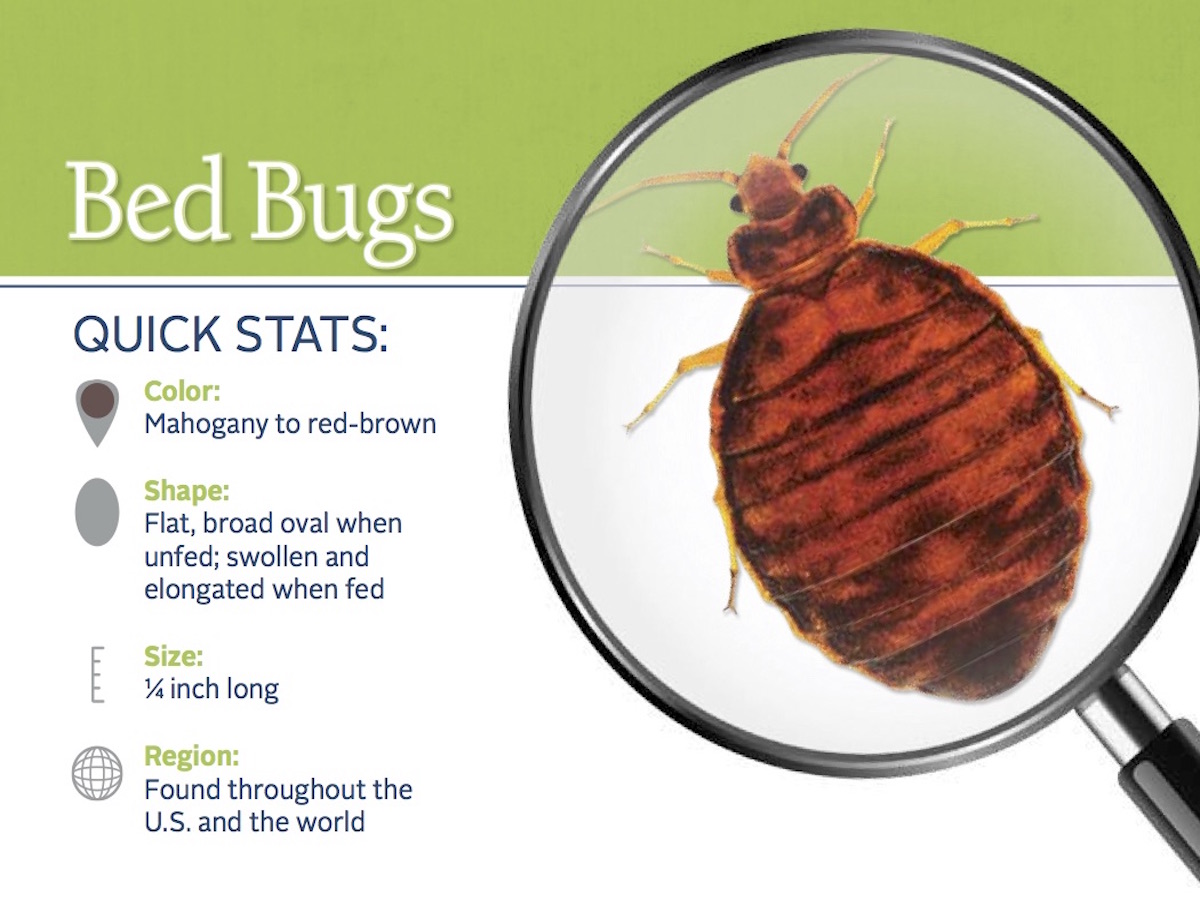
Bed bugs can get into your home in a variety of ways. They can hitch a ride on clothing, luggage, furniture, or other items that have previously been exposed to infestations. They can also enter through cracks in walls, through vents, or even through tiny gaps in windows or doors. Once inside your home, bed bugs can hide in any nook or cranny, including mattresses, bedding, furniture, clothing, and even behind wallpaper.
To prevent bed bugs from coming back, it is important to eliminate all entry points and possible hiding places. You should inspect your home for any cracks or gaps in walls, windows, and doors and seal them using caulk or other materials. Additionally, inspect furniture, mattresses, and bedding for signs of bed bugs and, if found, take the necessary steps to get rid of them. Finally, be sure to regularly inspect all items that could have come in contact with bed bugs, such as clothing, luggage, and furniture, and vacuum regularly.
Prevention Tips for Bed Bugs
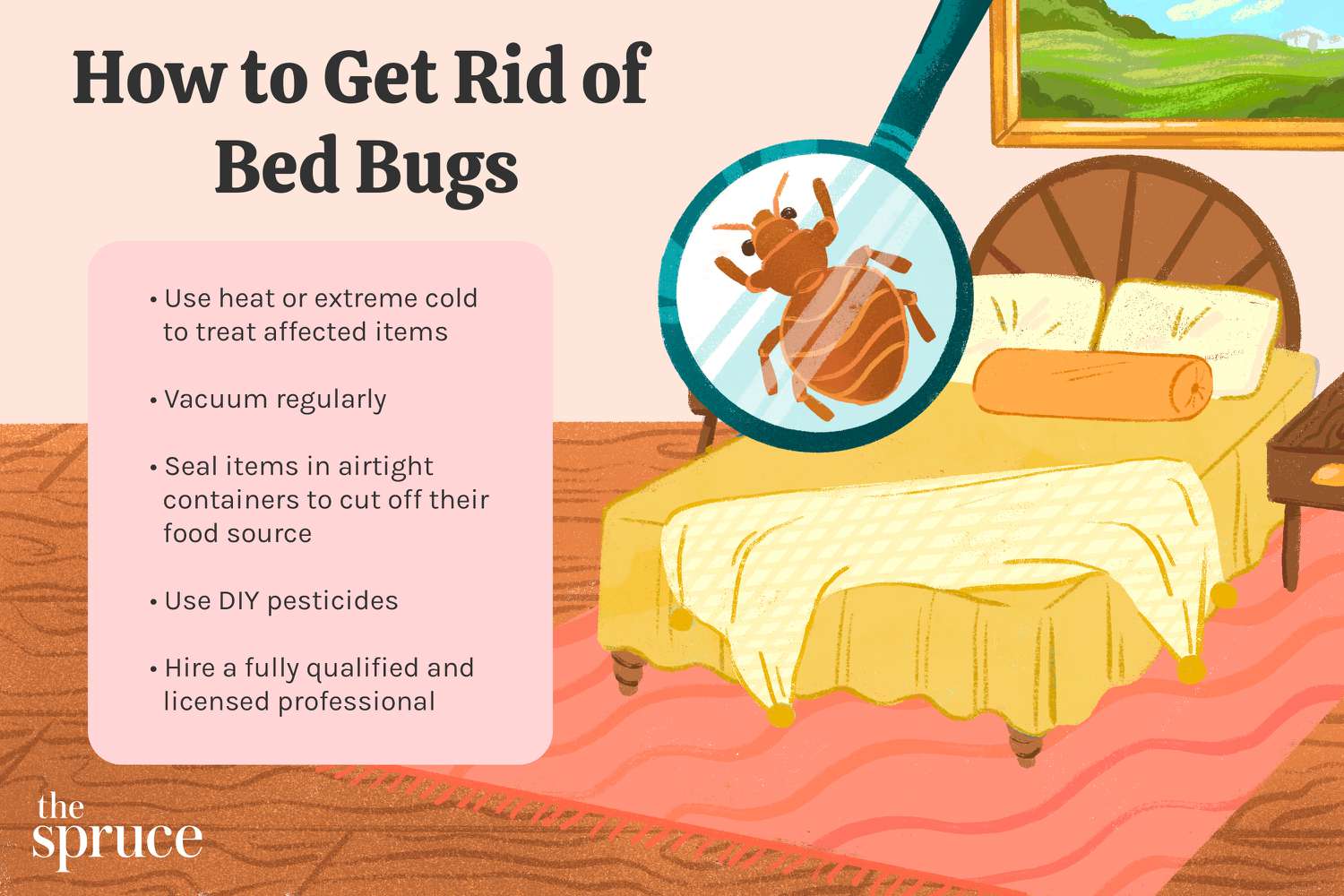
I’m always on guard for bed bugs, and there are several steps I take to help prevent them from coming back.
1. Inspect Secondhand Furniture and Clothing
I never bring in secondhand furniture or clothing without inspecting them first. Bed bugs can easily hide in these items and make their way into my home.
2. Vacuum Regularly
I vacuum my floors, furniture, and bedding regularly to help prevent bed bugs from coming back. Vacuuming can help get rid of any bed bugs that may be hiding in my home.
3. Use Encasements on Mattresses and Box Springs
I use mattress and box spring encasements to help prevent bed bugs from getting into my bedding. The encasements form a tight seal around my mattress and box spring, which will help keep bed bugs out.
4. Use Caulk and Sealants to Close Off Cracks and Crevices
I use caulk and sealants to close off any cracks and crevices in my home where bed bugs may be able to hide. This will help keep them out of my home.
5. Use Steam Cleaners to Kill Bed Bugs
I use a steam cleaner to help kill any bed bugs that may be lurking in my home. The heat from the steam will help kill any bed bugs, as well as their eggs.
Treating an Existing Bed Bug Infestation
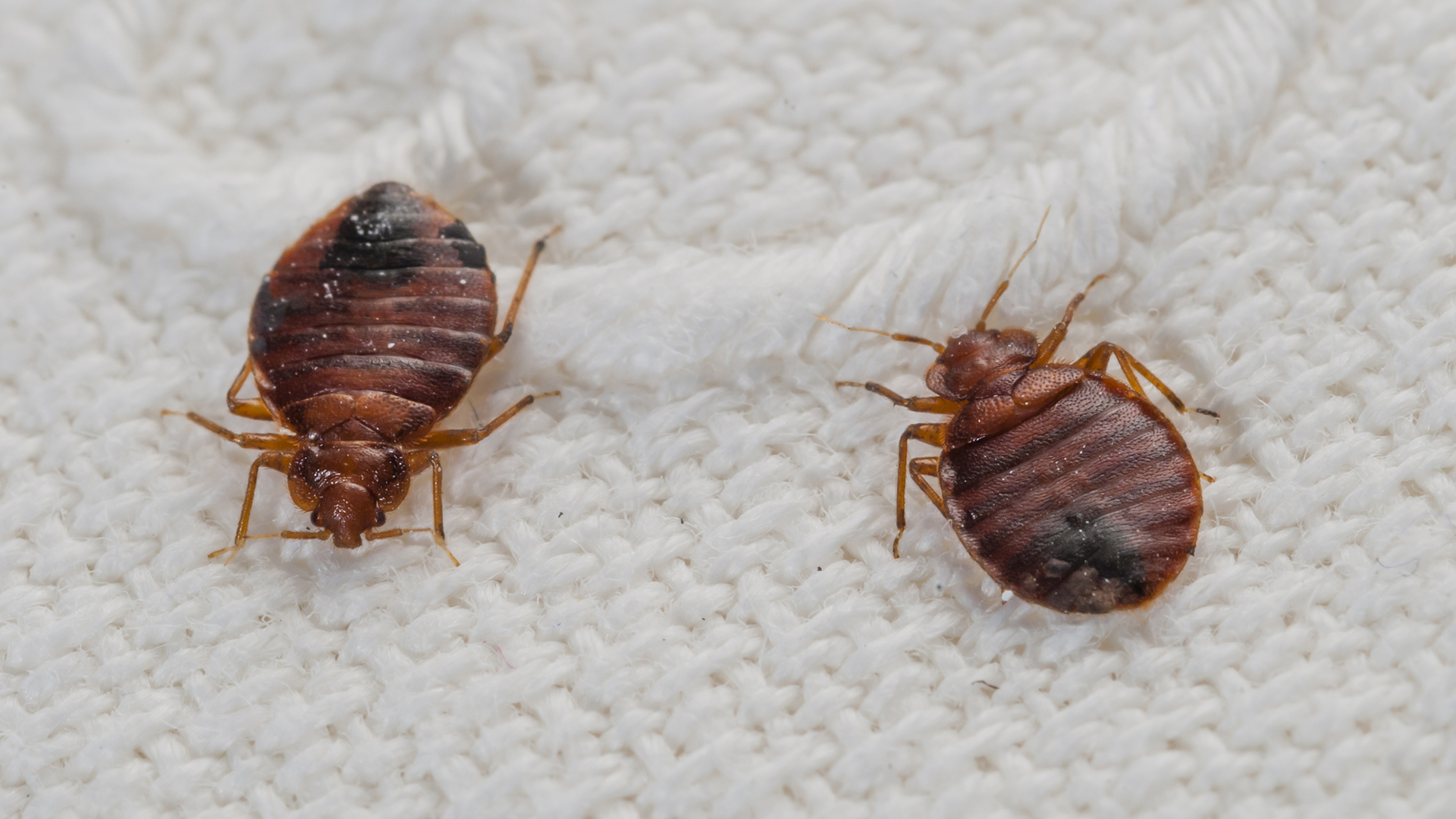
- Vacuum the entire area thoroughly, including furniture, carpets, baseboards and any other areas where bed bugs may hide.
- Wash all bedding, curtains and clothing in hot water, and either dry it on the hottest possible setting or take it to the dry cleaners.
- Steam clean carpets and furniture.
- Put mattress and box springs in a zippered mattress encasement to keep any remaining bed bugs from getting out.
- Apply an insecticide labeled for bed bug control to the carpets, furniture and any other affected areas.
- Monitor the area for any signs of bed bugs, and repeat the insecticide application if necessary.
Professional Bed Bug Treatment
To get rid of bed bugs, professional treatment is recommended. It’s a process that involves inspection, extermination, and follow-up services. Here’s a breakdown of what you should expect from a professional bed bug treatment.
Inspection
The first step of a bed bug treatment is to inspect the affected area or areas. This is done to identify the source of the infestation, the extent of the infestation, and the size of the affected area. The pest control technician will look for signs of bed bugs, such as eggs, shed skins, and excrement.
Extermination
Once the infestation is identified, the exterminator will use various methods to eradicate the bed bugs. These methods may include chemical treatments, steam treatments, vacuuming, and using insecticides. The exterminator will also take measures to prevent the bed bugs from spreading to other areas.
Follow-up Services
After the extermination is complete, the exterminator will perform follow-up services to ensure that the bed bugs have been eliminated. This may include follow-up inspections, follow-up treatments, and sealing cracks and crevices to prevent the bed bugs from returning.
Professional bed bug treatment is the best way to ensure that the bed bugs are eliminated and will not return. Following the steps outlined above, you can be sure that your home will be free of bed bugs for good.
Bed Bug Pest Control
The best way to prevent bed bugs from coming back is to get professional pest control services. Bed bugs are notoriously difficult to get rid of and often require multiple treatments. A professional pest control service is trained to identify and treat bed bugs, as well as to help prevent future infestations.
A professional pest control service will inspect your home, determine the extent of the infestation, and identify any potential hiding places. They will then use specialized equipment and insecticides to target and eradicate the bed bugs. In addition, they may put in place preventative measures such as installing traps and screens to make it harder for bed bugs to enter your home.
It’s important to remember that even if you have a bed bug pest control service come to your home, you must still take preventative measures to keep bed bugs from coming back. This means regularly vacuuming, laundering bedding and clothing, and sealing off any potential entry points. You should also be vigilant about inspecting any furniture or items brought into the home for potential bed bug activity. It’s also a good idea to keep your home as clutter-free as possible, as bed bugs like to hide in clutter. Following these steps and working with a professional pest control service will help you to keep bed bugs from coming back.
Frequently Asked Questions
What steps can I take to prevent bed bugs from coming back into my home?
Clean and vacuum your home regularly, paying particular attention to the areas where bed bugs are likely to hide. Keep clutter to a minimum and store items, such as clothing and bedding, in sealed plastic bags. Wash and dry all clothing and bedding on the highest heat settings. Use mattress and box spring covers to prevent bed bugs from entering. Use a pesticide or insecticide designed for bed bugs, and apply it to the perimeter of your home and around potential entry points, such as windows and doors. Use a bug-proof bed frame and mattress encasement to help keep bed bugs from entering your bedding.
Is it possible to keep bed bugs from coming home with me?
Yes, it is possible to keep bed bugs from coming home with you. To do this, inspect your clothing and belongings for bed bugs before entering your home. Also, be aware of the places you visit and inspect furniture, bedding, and other surfaces before sitting or laying down. Vacuum your car and home regularly, especially if you suspect you may have come in contact with bed bugs. Finally, wash and dry your clothing and bedding at high temperatures to kill any bed bugs that may be present.
What are the essential tips from experts on preventing bed bug infestations?
• Vacuum and steam clean furniture, carpets and mattresses regularly.
• Seal any cracks or crevices in walls, furniture, and floors.
• Use mattress and box spring encasements to prevent the bugs from entering or exiting.
• Reduce clutter to reduce hiding places for bed bugs.
• Check second-hand furniture, beds, and couches for any signs of bed bug infestation before bringing them home.
• Wash bedding, curtains and clothing in hot water and dry on a high heat setting.
• Inspect suitcases and bags after travelling.
• Contact a pest control specialist if signs of bed bugs are found.
How can I tell if I have a bed bug infestation?
Signs of a bed bug infestation include spotting physical evidence of the bugs, such as shed skins, eggs, and live bugs. Bed bugs can leave behind blood smears on sheets and mattresses. Other signs of a bed bug infestation include a sweet musty odor and small, dark fecal spots on bedding, furniture, and walls.
Are there any treatments available to get rid of bed bugs?
Yes, there are several treatments available to get rid of bed bugs. The most common treatments involve chemical insecticides, such as pyrethroids and neonicotinoids. These insecticides can be sprayed directly onto the affected area, or applied to the surrounding environment. Heat treatments are also an effective method for killing bed bugs, as they are unable to survive temperatures of 45°C or higher. Vacuuming is another effective way to get rid of bed bugs, as it can remove the bugs and their eggs from the affected area.
Conclusion
To recap, bed bug infestations can be prevented by taking proactive steps, such as using bed bug covers and encasements, regularly vacuuming and laundering bedding, and checking for signs of infestations. Additionally, it is important to be mindful of bed bug hot spots, such as secondhand furniture and hotel rooms, and to check for signs of infestations when returning home. Finally, to ensure the best chance of success, it is recommended to contact a pest control professional to inspect and treat the home. Following these steps will reduce the chances of a bed bug infestation in the home.
